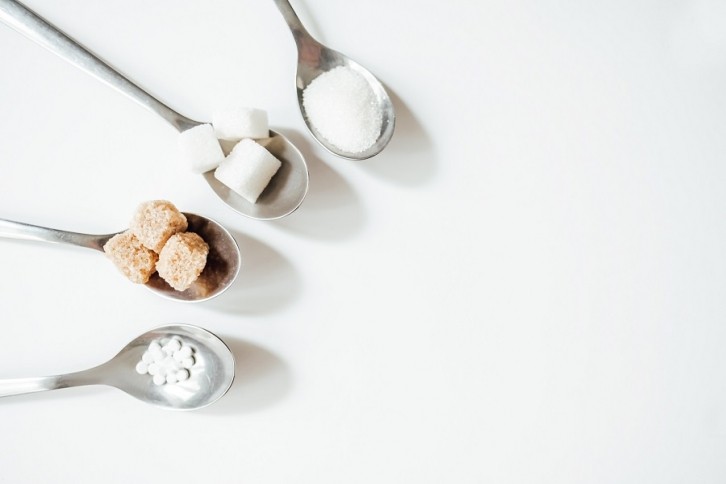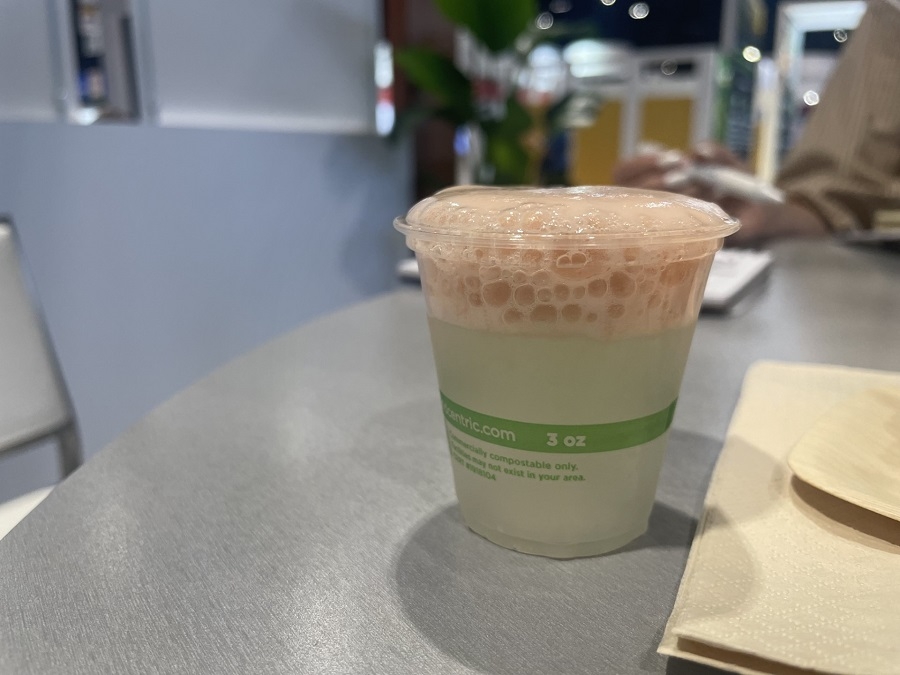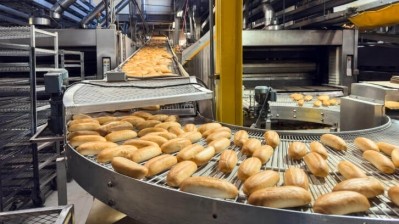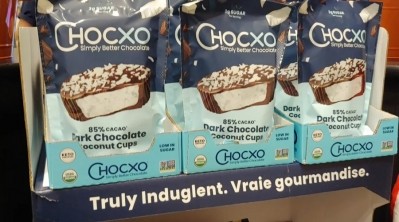IFT First
IFT FIRST: Understanding sugar reduction as a key food process in improving nutrition

As food scientists advance our understanding of different processing systems and their impact on our health, the intention is to use as little processing as possible to improve nutrition, function, shelf-life and quality, explained Prateek Sharma, assistant professor, nutrition, dietetics and food sciences at Utah State University during the IFT FIRST event, which took place in Chicago, July 17-19.
“We want to retain nutrients as much as we can while having a minimal processing. We [also] want to make sure that the food is safe and that we kill all the pathogens that could potentially have the potential to produce food bacteria. So, we need to find a sweet spot where we don't compromise the food safety or food quality but at the same time, we don't damage nutrition,” Sharma explained during the panel.
While food scientists are aware of the complexities involved in processing, consumer sentiment towards “artificial” and “processed” are stigmatized, denoting unhealthy or harmful foods—yet, processing, by definition, is the addition or removal of ingredients, Corey Scott, principal nutrition scientist at Cargill, clarified.
“When you say ‘processed foods’ that can sometimes be a catch-all term,” Scott said. “What is the intent?...You can reformulate and add ingredients to get a certain intent…Why do you do that?”
Scott explained that removing sugar from beverages, for example, begets the addition of ingredients to sweeten the final product, and thereby making it healthier—which allows scientists to “leverage ingredients in a small amount of processing to make a healthier food,” he added.
Each application creates different challenges requiring a variety of sweetener considerations
“Calorie reduction is here to stay. It’s very important and the tools that are out that we provide truly tap into delivering on what consumers need not only from a taste perspective but a health perspective,” Papao Saisnith, sweeteners, Tate & Lyle, explained to FoodNavigator-USA.
In terms of sugar reduction, the challenge is balancing sweetness with bulk, mouthfeel and texture, along with nutritional benefit, Saisnith explained when discussing the company’s alternative sweetener prototypes.
During the show, Tate & Lyle featured its Tasteva stevia sweetener in a no added sugar lemonade with a peach-flavored foam cap (pictured above); Dolcia Prima allulose with ube swirl coconut soft serve with coconut shortbread and the same allulose in a nutritional pectin gummy. Solubility and freezing point depression were among technical considerations the sweeteners addressed, which Abigal Storms, SVP, innovation and commercial development, sweeteners and fibers, Tate & Lyle, elaborated to FoodNavigator-USA.
“For ice cream, removing sugar means filling in the gaps for bulk and mouthful, sweetness and freezing point depression with allulose. Or a sugar-free gummy—what do you need to replace if you take the sugar out? It’s the bulk again but also the sweetness. Then, with a natural clean label, you would use stevia in combination with the allulose. Or bakery, you’re going to look for browning and bulk, so allulose will suit well to that application, but you may want to add some sweetness back and depending on the brand positioning, you may choose to use a lower amount of stevia,” she said.
Saisnith added that Tastevia stevia sweetener addresses solubility challenges and “provides a clean, sweet taste and allows you to get to higher levels of sugar reduction,”
While Dolcia prima allulose holds “the same temporal profile as sucrose [with] a sugar-like taste. The benefits of using it, especially in things like soft serve, is it provides functionality and freezing point depression…you get a softer scoop,” Storms added.
For baked goods, allulose also provides browning and bulk that are often unachievable in a high intensity sweetener—which was shown in the coconut shortbread.
The similarity in sweetness between sugar and allulose lies in its structure, Storms explained. “The crystal forms between sugar and allulose look very similar. Taste is very similar. It’s really the closest thing to sugar available without the calories – only point two calories per gram.” In terms of labeling, she added, it’s effectively zero calories.
“From a formulation perspective,” Saisnith added, “No one sweetener sells for sugar and calorie reduction. You have to approach those challenges with a full toolbox of ingredients to provide the right solution.”
























